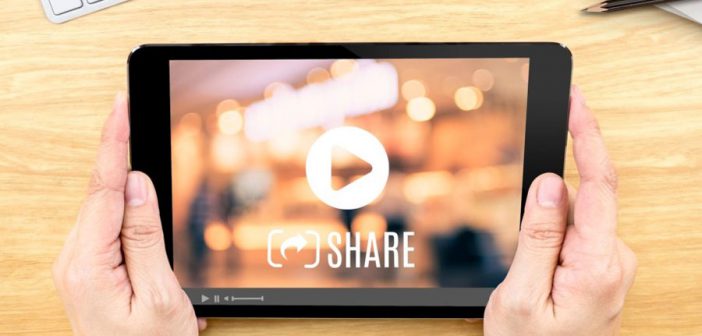There’s plenty of research and data that shows the best time to tweet or when to show your ads on Facebook or Google AdWords among other platforms. Posting at the right time ensures that you get to your target audience at the time they’re most likely to view your content and take necessary action.
But content websites have had less guidance. What is the best time to present ads to your readers? What is the best content strategy that will ensure your website visitors make the most of your content and ad?
To better understand the behavior of users on content websites, CodeFuel — an engagement and monetization suite for publishers — and Nielsen conducted an online survey, published in September 2016, which reveals fascinating statistics about ad consumption preferences, preferred devices, and content consumption. If you know exactly what your users are doing throughout the day, you can make the most out of your ads.
The best time for content consumption
This is extremely important to all online marketers. As you fight for attention from your very busy audience, you need to give them what they want, at the right time.
According to CodeFuel and Nielsen, this is how users are consuming content:
Morning
- 73% come just to get the latest updates
- 16% are taking a break
- 6% visit content sites for work/study
- 5% don’t visit content websites at this time
Noon
- 40% come just to get the latest updates
- 43% are taking a break
- 9% visit content sites for work/study
- 8% don’t visit content websites at this time
Afternoon
- 47% come just to get the latest updates.
- 29% are taking a break
- 15% visit content sites for work/study
- 10% don’t visit content websites at this time
Evening
- 54% come just to get the latest updates
- 26% are taking a break
- 9% visit content sites for work/study
- 11% don’t visit content websites at this time
Night
- 46% come just to get the latest updates
- 27% are taking a break
- 6% visit content sites for work/study
- 22% don’t visit content websites at this time
Break time is the best time to show your audience ads because they are just browsing without a definitive goal. This research shows that at noon, 43 percent of users go and consume content without any other purpose.
Ad consumption preferences
The study further showed that:
- 79% of consumers prefer to access free or ad supported content
- 43% will watch an entire video ad if it has interesting content
- 39% click on an ad if it has an interesting offer
- 28% will click if it’s an ad by a preferred brand
- 25% claimed that nothing would make them click on any ad
This shows that in your overall strategy, you should focus on building a solid brand reputation. Your ads should also always have an interesting offer to increase the clickthrough rates.
Which devices are your consumers using?
It is clear that people have migrated from stationary to mobile devices, leading to a huge growth in mobile advertising. PricewaterhouseCooper predicts that the Internet will soon overtake TV in advertising and that billions will be spent on the mobile market. As an advertiser, you cannot ignore the importance of mobile.
As much as there is cutthroat competition on mobile apps, the study revealed that users prefer mobile web over apps. 23 percent of users prefer using the browser on their mobile phones, while only 15 percent use mobile applications. For great impact, your ad should appear interesting in computers and all major phone browsers.
Why is it important to know what your audience is doing throughout the day?
People nowadays are focused on multi-tasking. They no longer just focus on one thing at a time. The rise of the Internet and smartphones has brought about new perspectives in the way people interact, look for information, or entertain themselves.
So, how do you get the attention of someone who is constantly tweeting, taking selfies, and chatting? You determine what times they’re more likely to consume your ads. Know what format they prefer. Take a multifaceted approach in your content production strategy. Just like in any other business, production strategies should always match with possible consumption strategies.
Takeaways
Below are some possible ramifications of the study.
- Displaying ads when most people are working, studying, or not visiting sites will lead to lower clickthrough rates. This means advertisers get lower returns on their investments.
- Displaying ads when people are looking for updates or when they’re on break will increase clickthrough rates. This is the time when marketers should focus on getting most of their ads out there. Their clickthrough rates will increase, and they’ll have higher chances of getting repeat visitors.
- There will be more studies done to get specific attention metrics in different industries so as to improve ROI. Currently, attention metrics are in their infancy.
- Due to the competition for attention, marketers will need to be more creative to increase attention to their content and ads. As this study shows, 43 percent of users will watch an interesting video and 39 percent will click on an ad if it has an interesting offer.
- Entrepreneurs and businesses will need to work on improving brand trust. This will help them capitalize on the 28 percent of visitors who click on ads from a preferred brand.
- We will continue to see an increase in creating mobile-compatible content. Since everyone wants to do things on the go, even ads will need to be made in such a way that they will appear interesting on mobile.
This article first appeared in www.venturebeat.com


